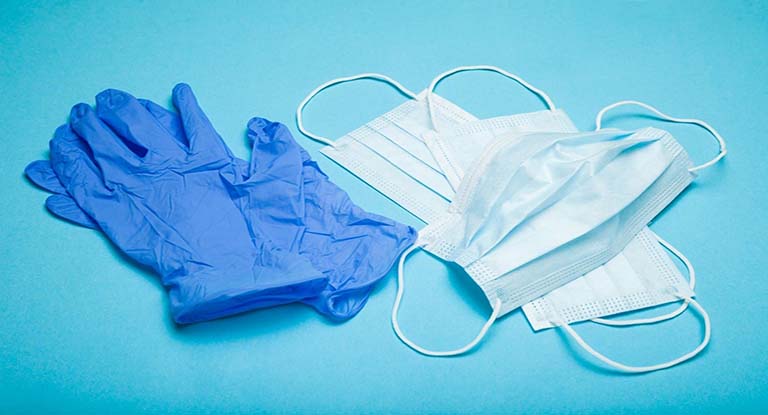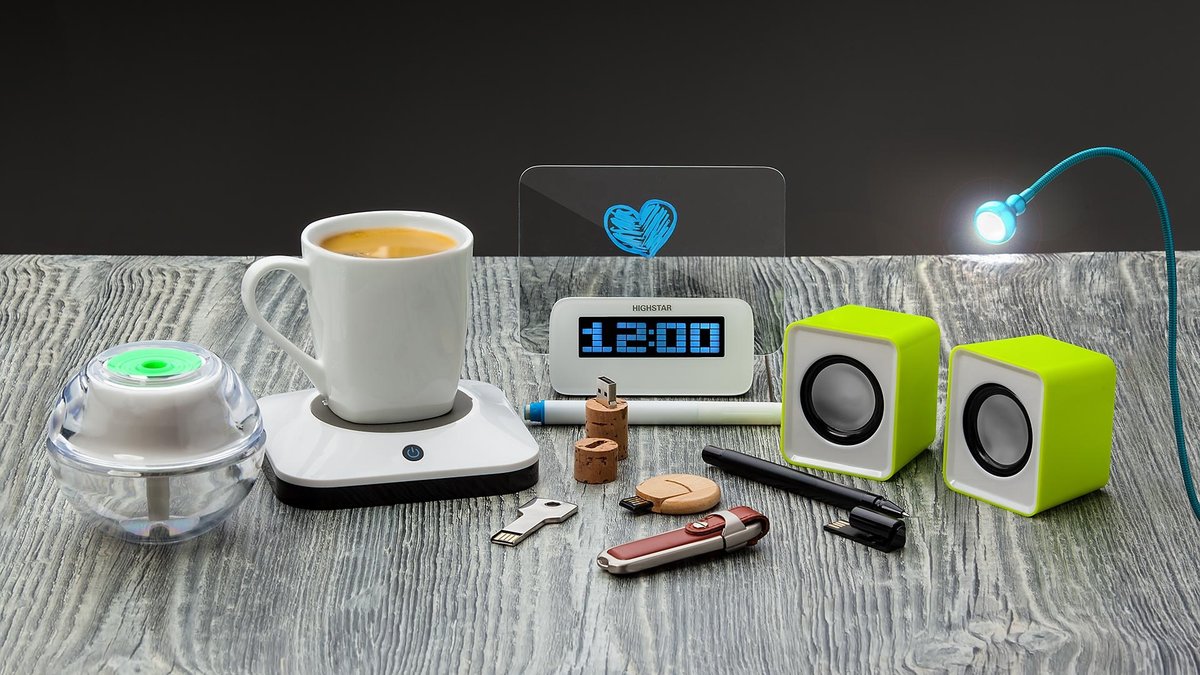Changes to Regulation 032 of TR CU 032/2013 “On the safety of equipment operating under excess pressure.”

On April 9, 2021, the order of the Board of the Eurasian Economic Commission (EEC) No. 53 dated April 6, 2021 was officially published and immediately entered into force, which approved amendments to TR CU 032/2013 “On the safety of equipment operating under excessive pressure.”
The following edits are planned:
added 4 groups of the equipment not subject to 032 regulation:
networks for the supply, distribution and drainage of water with a temperature of up to 110 ° C, as well as supply conduits in hydraulic power plants and the corresponding equipment parts;
heating devices and pipelines in water heating systems of buildings and structures;
equipment and its elements for supplying engines with gaseous fuel, specially designed for use on wheeled vehicles;
support and suspension systems of pipelines and their elements.
The requirements have also been revised when the equipment category is increased by 1 (except for 4). We are talking about equipment designed for operation with a design wall temperature:
380 ° C and more – for carbon and low-alloy manganese and silicon-manganese steels;
450 ° C and more – for low-alloyed chromium-molybdenum and chromium-molybdenum-vanadium steels;
525 ° C and more – for alloyed high-chromium martensitic class and austenitic steels;
575 ° C and more – for iron-nickel alloys;
600 ° C or more – for nickel-based alloys.
The draft amendments to TR CU 032/2013 revised the categories of vessels intended for compressed, liquefied gases and vapors dissolved under pressure and used for working environments of group 2 (Table 2 of Appendix 1). Limitations have been added for operating parameters (capacity and design pressure). For example, if earlier equipment with a capacity of more than 0.001 m3 and a design pressure of over 0.05 MPa belonged to category 1, now it is supposed to be updated to 0.4 m3 inclusive in terms of capacity and up to 20 MPa in terms of design pressure. The norms for the multiplication of these parameters remain unchanged.


